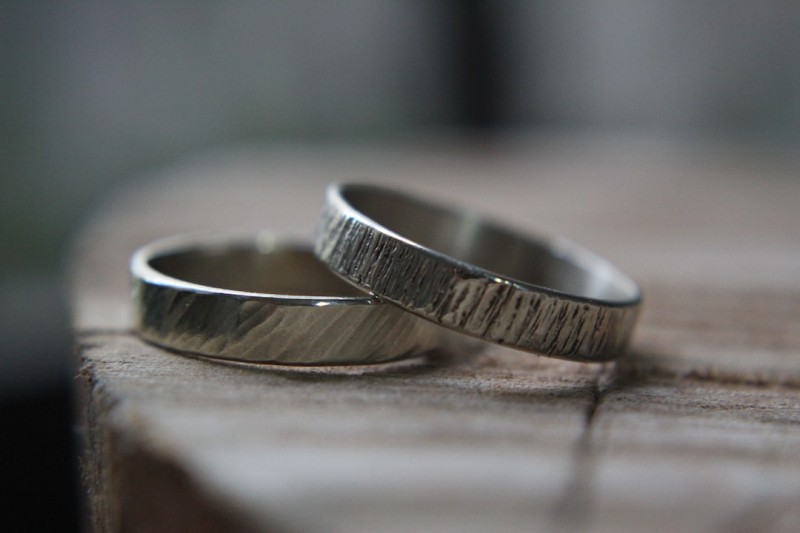Introduction
Cleaning couplings might not be the most glamorous task, but it’s essential for maintaining functionality and longevity. Whether you’re a seasoned professional or a DIY enthusiast, knowing how to properly clean couplings can save you time, money, and frustration in the long run. In this guide, we’ll walk you through everything you need to know about cleaning couplings effectively.
Understanding Couplings
Before diving into the cleaning process, let’s first understand what couplings are and why they’re important. Couplings are mechanical devices used to connect two shafts together at their ends for the purpose of transmitting power. They come in various types and sizes, 커플링 세척하는법, ranging from rigid to flexible, and are commonly found in machinery and industrial equipment.
Why Cleaning Couplings is Important
Maintaining Efficiency
Over time, couplings can accumulate dirt, grease, and other contaminants, which can hinder their performance and efficiency. Cleaning couplings regularly ensures smooth operation and optimal power transmission.
Preventing Wear and Tear
Dirty or corroded couplings are more prone to wear and tear, leading to premature failure and costly repairs. By keeping couplings clean, you can extend their lifespan and minimize the risk of unexpected breakdowns.
Tools and Materials Needed
Safety Gear
Before you begin, make sure to wear appropriate safety gear, including gloves and protective eyewear, to protect yourself from any potential hazards.
Cleaning Solutions
Depending on the type of contamination, you may need various cleaning solutions such as degreasers, solvents, or soapy water. Always choose cleaning products that are suitable for the material of your couplings to avoid damage.
Brushes and Cloths
You’ll also need brushes and cloths for scrubbing and wiping away dirt and grime from the surface of the couplings. Make sure to use soft-bristled brushes to avoid scratching or damaging the couplings.
Step-by-Step Cleaning Process
Step 1: Safety First
Before you start cleaning, ensure that the equipment is turned off and properly isolated to prevent any accidents or injuries. Always follow safety procedures and guidelines to minimize risks.
Step 2: Inspection
Inspect the couplings for any visible signs of damage or wear, lab grown diamonds, such as cracks, corrosion, or misalignment. If you notice any issues, address them before proceeding with the cleaning process.
Step 3: Disassembly (if necessary)
If the couplings are heavily soiled or contaminated, you may need to disassemble them for thorough cleaning. Follow the manufacturer’s instructions or consult a professional if you’re unsure how to disassemble the couplings safely.
Step 4: Cleaning
Using the appropriate cleaning solution and brushes, scrub the surface of the couplings to remove dirt, grease, and other contaminants. Pay attention to hard-to-reach areas and crevices where dirt can accumulate.
Step 5: Rinse and Dry
Once the couplings are clean, rinse them thoroughly with clean water to remove any residue from the cleaning solution. Use a dry cloth or compressed air to dry the couplings completely before reassembly.
Step 6: Lubrication (if necessary)
Depending on the type of couplings, you may need to lubricate them after cleaning to ensure smooth operation. Apply a small amount of lubricant to the moving parts according to the manufacturer’s recommendations.
Step 7: Reassembly
Carefully reassemble the couplings following the reverse order of disassembly, making sure all components are properly aligned and tightened. Double-check for any loose connections or abnormalities before putting the equipment back into service.
Conclusion
Cleaning couplings is a vital maintenance task that shouldn’t be overlooked. By following the steps outlined in this guide, you can keep your couplings in top condition and avoid costly repairs down the line. Remember to prioritize safety, choose the right cleaning products, and perform regular inspections to ensure optimal performance and longevity for your equipment.
